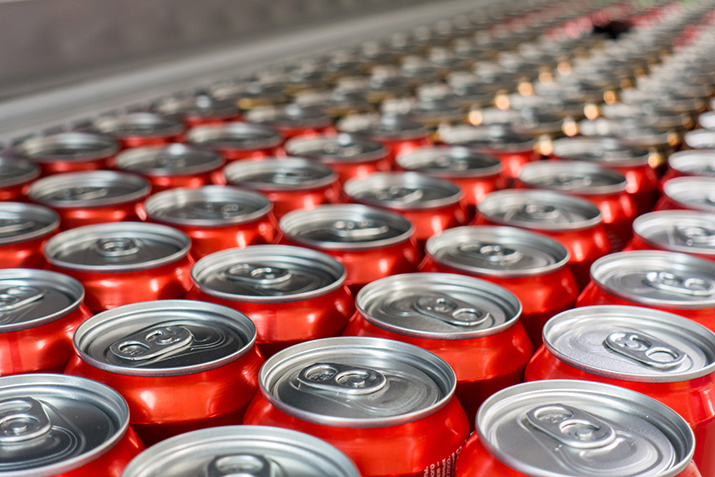The most common use of aluminium packaging is- beverage cans. Aluminium cans are now globally viewed as a sustainable and safe packaging option by consumers and manufacturers alike. Not only are they environmentally friendly, but they keep the beverage safe. It is also 100 per cent recyclable. Introducing BPA-free aluminium cans has also stimulated using these cans as chemical-free packaging.
According to AlCircle’s “Global Aluminium Industry Outlook 2023,” global aluminium usage in packaging applications is estimated to be 14.7 million tonnes in 2022 and is forecast to reach 15.2 million tonnes by 2023, growing by about 3.3 per cent. Demand for aluminium in this sector was mainly driven by beverage cans, packaging foil and pharmaceutical packaging applications. Apart from the developed economies, the preference for aluminium beverage cans amongst developing countries is growing faster. Downgauging is a possible risk to the demand growth for aluminium in the packaging sector. However, this impact will vary across the regions.
In 2021, the Aluminum Association joined hands with Can Manufacturing Institute with an ambitious vision to achieve a 70 per cent recycling rate for aluminium cans in the United States by 2030. The rising demand in the FMCG industry is responsible for escalating the need for aluminium containers and packaging.
However, as promising as the numbers may be, a new impact of the post-Covid era lurks over the aluminium beverage can industry. How? The answer is shifting patterns of beverage consumption on a global scale. Remember the lockdown days when everyone was stocking up on food and beverages at home because stepping out was restricted? Well, that problem is in the past as the world recovers from the pandemic.
What prompted the change?
The rise in younger consumers, new product variations, and environmental awareness among stakeholders has increased the demand for beverage cans. Global usage of aluminium beverage cans rose from 343 billion units in 2015 to 416 billion in 2020. By 2030, global production of aluminium beverage cans is forecast to reach 627 billion units.
Countries influencing the demand for aluminium cans
Around 66% of the demand growth for beverage cans comes from North America, China and Europe. North America continues to be the major user of aluminium beverage cans in the world. The surge in new beverages such as hard seltzers in the US, canned water in the US and Canada and higher demand for canned beer have all influenced the demand for aluminium beverage cans. The market for aluminium beverage cans in North America is expected to increase from 120 billion cans in 2020 to 173 billion cans by 2030 and will account for 25% of the global market.
Demand for aluminium beverage cans in Europe has increased considerably, with soft drinks, water, beer and seltzers being the key users. During the next decade, a complete shift from tinplate to aluminium cans is envisaged in the EU region, with Ball Corp and Crown shifting their lines ultimately to aluminium in France and Spain. Production of aluminium cans in Europe is expected to increase from 73 billion units in 2020 to 109 billion units in 2030.
The usage of aluminium cans in developing markets like India is advancing, and many global can manufacturers have manufacturing facilities in the country. Major user segments include soft drinks and beer, while new segments such as sparkling water, wine and hard spirits are expected to fuel the demand. According to estimates, India used around 1.3 billion aluminium beverage cans in 2019-20 and will reach 2 billion in the near future. The country’s recycled rate of used beverage cans is 70 to 75 per cent. Aluminium production in China will likely increase from 71 billion units in 2020 to 122 billion in 2030. The demand is largely driven by the shift to canned beers from glass bottles and a moderate increase in soft drinks.
Demand for aluminium beverage cans is increasing in South America. Canpack Group is investing in a new facility to manufacture beverage cans in Minas Gerais, Brazil. This plant will have the capacity to produce 1.3 billion cans annually and will likely be operational by 2024. Brazil is the 3rd largest market for aluminium beverage cans globally; sales stood at 33.4 billion in 2021, an increase of 5.2 per cent over the previous year. According to the Brazilian aluminium manufacturers association, the country has the highest recycling rate of used aluminium cans globally at 98.7 per cent.


